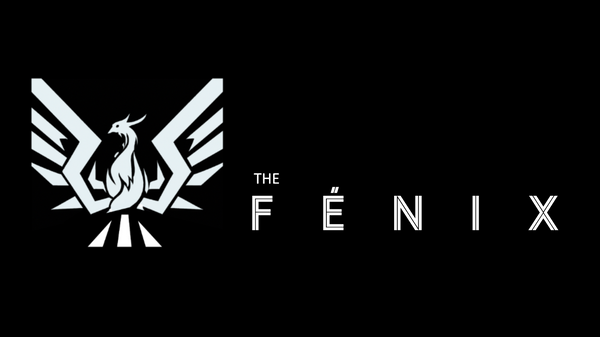Let’s attack the topic of this article, by working through what could be wrong with the claim made in its title. If you are like me, it’s a sort of headline or title that assumes too much. So, let’s break it down. Ironically, by doing that, we’ll wind up coming to a viewpoint from which it does appear that the purpose of slip under moves is indeed to dodge stick checks (or so it seems to me).
First, the word “purpose” can be a little bit slippery. Another word for “purpose” is, in some contexts, “goal”. And, in the world of Artificial Intelligence (“AI”) research (and other areas), a distinction is made between primary goals and instrumental goals. Primary goals are outcomes one is seeking for their own sake. Instrumental goals are outcomes that one seeks in order to better position themselves to achieve other, more important, goals.
If we take one of the most famous doomsday scenarios that is often discussed when people express their worries about impending AI, Nick Bostrom’s paperclip maximizer, we have a computational system that is given the primary goal of making as many paperclips as possible. This may make some sense for an AI that is charged with making a paperclip factory run as well as possible.

However, in this scenario, the paperclip maximizing AI system is posited to be “superintelligent”, and thus able to outthink humans. Therefore, it is potentially dangerous if left unchecked. And, it’s also posited that its view on maximizing paperclips is not limited to just one factory, but instead is considering all the ways the world could be organized such that more paperclips are produced. If humans actually don’t want that many paperclips, then the AI system may take on an instrumental goal of getting humans out of the way so they do not interfere.
In this scenario, the primary goal of maximizing paperclips leads to the instrumental goal of getting humans out of the way. It’s a grim example, but it makes the point that without the primary goal, the instrumental goal wouldn’t have come to be.
In hockey the primary goal is to win games. Or… hopefully the primary goal is to have fun, make friends, get exercise, etc., but we’ll just take the position that the goal is winning games. An instrumental goal for winning games may be to score goals. And then there can be instrumental goals for instrumental goals. So, in this case, maybe we want to create chances in order to score goals. And maybe, in order to create chances, we may want to evade stick checks made by the defense.
So, which is the goal, or purpose, of slip under moves? Well, all of those. But, most directly, it is dodging stick checks.

Despite it being true that, as Rip Torn said, "if you can dodge a wrench, you can dodge a ball", it is expected that in the future it will remain true that dodgeball is more fun than "dodgewrench". This, unfortunately, tells us nothing about dodging stick checks.
The second issue with the title of the post is that some use of slip unders don’t really look like they are intended to dodge stick checks. For example, if a high-end offensive player deliberately puts the puck into the defender’s stick zone as part of a slip under move, is that because they wanted to dodge a stick check?
No. They would do this because they wanted to put a move on the defender AND were confident enough that they could dodge the stick check when it came. With that combination in place, putting the puck into the defender’s stick zone as part of a slip under move can be a good choice.
In that case, the attacker provokes a stick check in order to dodge it and then gain a positional advantage on the defender. In this case the idea of dodging a stick check wasn’t central to the purpose the player had in mind in the same way that it would be if it was a scenario where the stick check was initiated primarily by the defender.
In the case where the defender is taking the initiative by leading with a stick check, it may simply be that the offensive player is forced into having to deal with that stick check and dodging it is the best play. That (defender initiated) scenario is the one that best fits the title of this post. However, indirectly, the intentional slip under move (puck-carrier initiated) demands a stick-check dodge. Therefore it still must meet the “dodging stick checks” purpose even if it doesn’t feel as much like the most relevant purpose in that case.
It is clear that a stick check is an important tool in a defender’s tool box. Offensive players need tools to counter them and any way of dodging stick checks is just this sort of tool. With that stick-check dodging capability in place, the opportunity may open up to use it aggressively (as discussed in this post) to gain access to territory the defender is trying to protect or reactively (discussed here) to keep possession in a spot where defenders may normally be able to create a puck-battle situation. High-skill slip unders are a great counter to stick checks in either case!
Image Removed: Hockey Offensive Sone
Passing the puck into these scoring areas can work for just about any player. But, to carry pucks into them reliably, you better be good at avoiding stick checks.
However, there is more to say because not all stick checks are the same. Also, not all methods of dodging stick checks involve a slip under move.
These topics will be addressed in upcoming posts!

